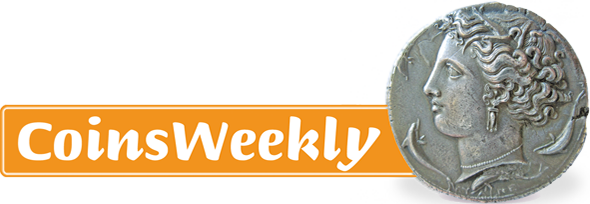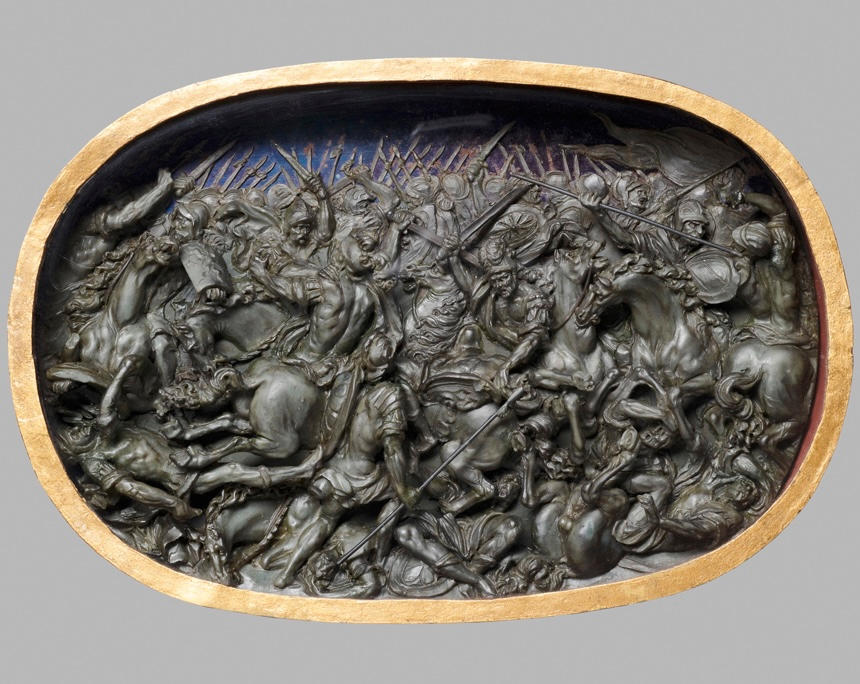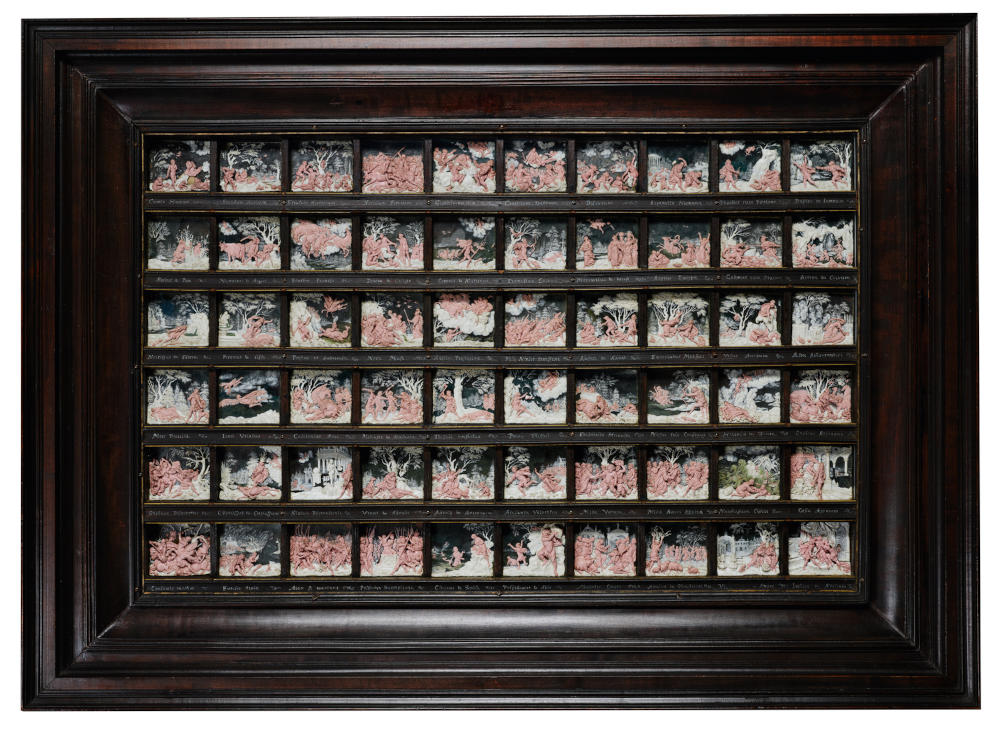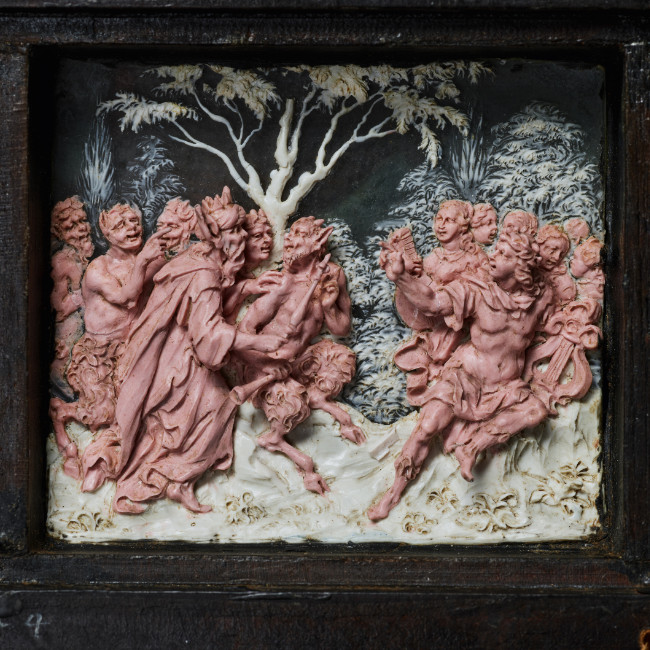Daniel Neuberger and the Art of Deception – Exhibition at the Kunsthistorisches Museum
The Kunsthistorisches Museum presents the first exhibition on Daniel Neuberger (1621–1680) and his impressive art of deception. Neuberger was one of the most important and versatile artists at the imperial court in Vienna, where the Augsburg-born artist worked between 1650 and 1663 as a wax sculptor, ‘Konterfetter’ (portraitist), and lapidary for Emperor Ferdinand III and his sons Ferdinand IV and Leopold I.
Content
He was a sculptor, painter, lapidary, and writer – but he achieved his greatest mastery in ‘wax embossing’, the art of sculptural moulding in wax. His artworks, frequently only a few centimetres in size, were highly sought-after at many European courts, but also attracted the attention of other artists. Neuberger was particularly well known for his ability to imitate or even surpass other natural materials such as ivory, iron, jewels, and wood using wax.
The restoration of two major works offered an opportunity for researchers to take a detailed look at Neuberger’s works in the collections of the Kunsthistorisches Museum. Based on this interdisciplinary research project, an exhibition on this fascinating artist and his work is now being shown for the first time.
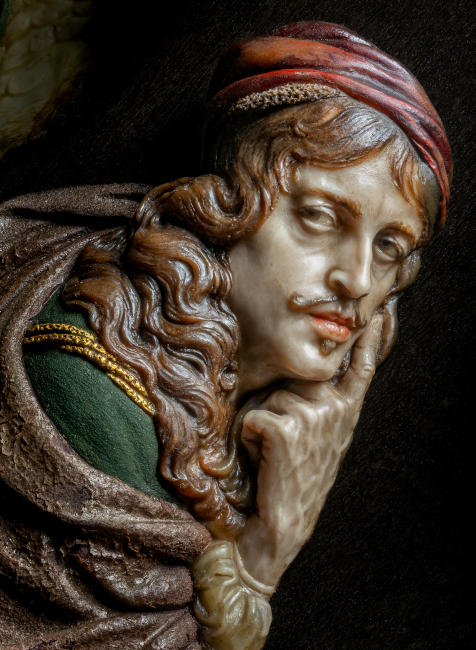
Daniel Neuberger (1621–1680), Self Portrait of the Artist flanked by Minerva and Saturn (Chronos), (detail). Vienna, c.1660. Wax, wood, glass, tortoiseshell. Museum August Kestner Hannover © Landeshauptstadt Hannover, Museum August Kestner Photo: Detlef Jürges.
The Art of Deception
The art of deceiving the eye and the convincing visual imitation of reality were essential elements of 17th century art. While the technological progress of the time put the focus on reason and rationality, philosophers such as Descartes also posed the question of sensory perception: What can we really perceive with our senses, what are we only led to believe, and what can we only know with our minds? Artists took up these questions in their works.
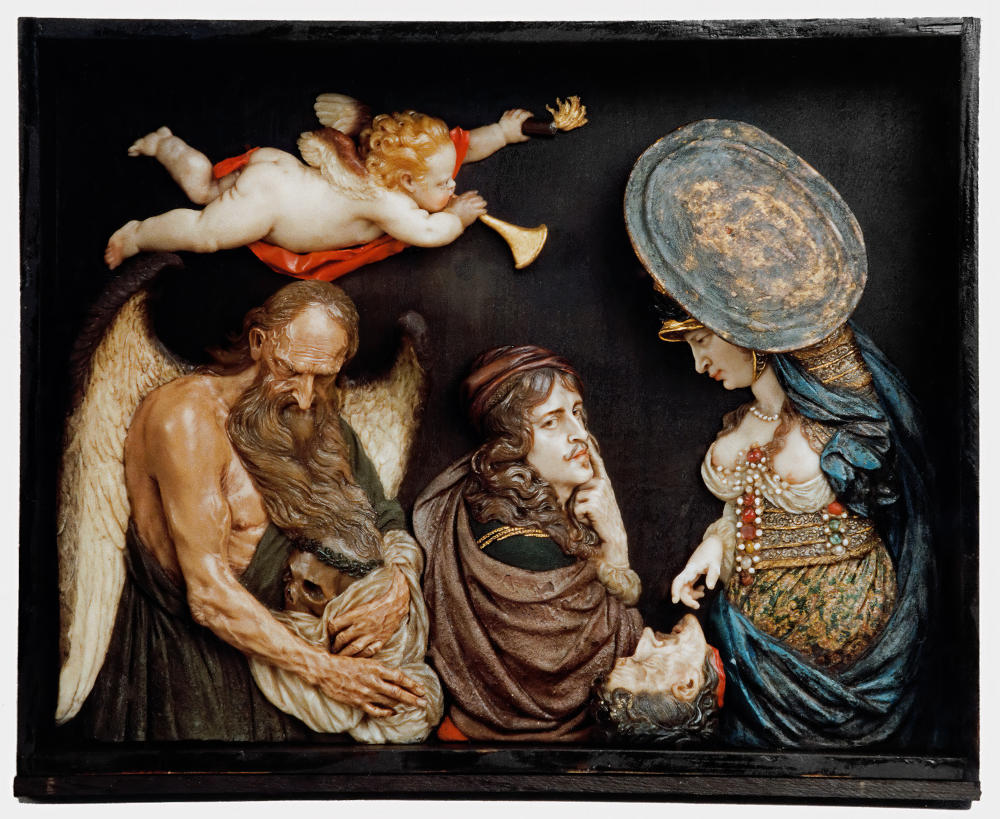
Daniel Neuberger (1621–1680), Self Portrait of the Artist flanked by Minerva and Saturn (Chronos). Vienna, c.1660. Wax, wood, glass, tortoiseshell, Museum August Kestner Hannover © Landeshauptstadt Hannover, Museum August Kestner. Photo: Detlef Jürges
The exhibition shows that the play of illusion and the joy of deceiving viewers was not limited to two-dimensional paintings. Daniel Neuberger was undoubtedly the leading artist of his time in the art of wax sculpture. With his innovative technique, for which Leopold I even granted him a concession, he drew on the trompe-l’œil, the eye-deceiving illusionism of painters, and translated its basic idea to sculpture. He tried to imitate not only precious materials, but also life itself in wax. This type of imitation of nature was highly prized, especially at the imperial court in Vienna, for which Neuberger worked with success for over ten years.
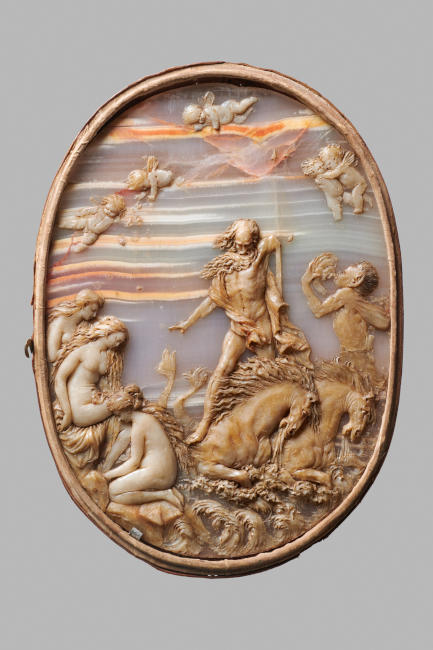
Daniel Neuberger (1621–1680), Quos ego! – Neptune Calms the Waves. Vienna or Regensburg, before 1665. Wax, agate, leather, gold foil stamping. Vienna, Kunsthistorisches Museum, Kunstkammer © KHM-Museumsverband.
Imitations of Nature in Wax
The fragile works of art shown in the exhibition are true wonders of optical illusion: skin, hair, cloth – everything is modelled from wax in incredible realism. By adding various additives and fillers, Neuberger was able to imitate metal and stone reliefs as well as ivory and wood carvings so skilfully with wax that it would have been much more difficult to achieve the same level of sophistication with the ‘real’ material. In the exhibition, this can be seen quite clearly through the juxtaposition of the material imitations with artworks made from the ‘real’ material.
Visitors to the exhibition will also learn many interesting details about Daniel Neuberger’s unique embossing technique, for instance, through the presentation of materials, tools, and surfaces that were also used by Neuberger in a similar manner.
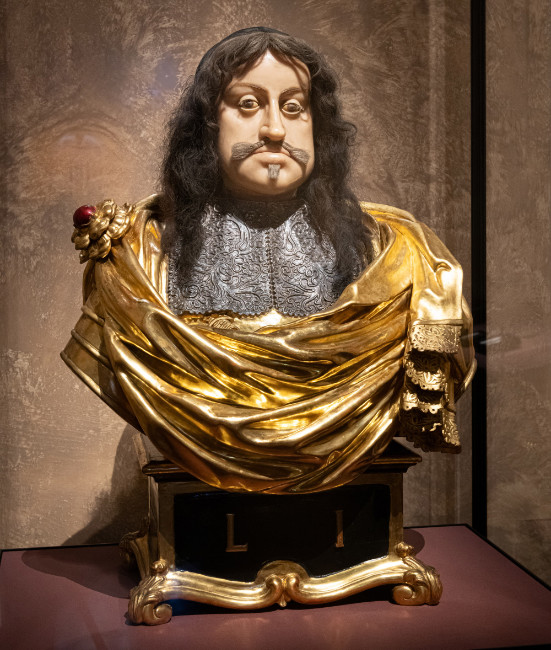
Exhibition view. Emperor Leopold I. Daniel Neuberger (1621–1680), attributed. Vienna, before 1660. Wax, human hair, silk, wood. Vienna, Kunsthistorisches Museum, Kunstkammer © KHM-Museumsverband
The Spectacular ‘Kaiserautomat’ (Emperor Automaton)
A true masterpiece of deception was Neuberger’s legendary ‘Kaiserautomat’ (emperor automaton), a life-size wax figure of Emperor Leopold I, which Neuberger is said to have made for the Imperial Treasury in Vienna. Dressed in real robes and equipped with a complex mechanism for movement, this early android was apparently able to imitate the emperor in such a deceptively realistic manner that the astonished visitors believed they were standing opposite the ruler in the flesh. For a long time, the spectacular object was thought to be lost, but pieces of it have now been identified and restored in the course of the exhibition. It is thought that the head of the bust of Leopold I may have been part of the automaton. This is the first time that the remains of Neuberger’s unique work are able to be shown in an exhibition.
Extensive Restoration Work and Interdisciplinary Research Project
Neuberger’s main works, which are now in the Kunstkammer of the Kunsthistorisches Museum, were created at the imperial court in Vienna. Two of these – a 60-part cycle of Metamorphoses after Ovid and an allegorical depiction of the death of Emperor Ferdinand III – have been extensively restored and now form the centre of the exhibition. The use of screens allows visitors to take a closer look at the fascinating details of these unique objects.
The restoration of these two masterpieces provided the perfect opportunity to explore the Kunsthistorisches Museum’s holdings of Neuberger’s works in detail, incorporating aspects of the humanities, conservation science, art history, and technology. The interdisciplinary research work of conservators and curators forms the basis for this exhibition. Due to the highly fragile nature of the artworks, the Wax in His Hands exhibition can only be shown in this form exclusively in Vienna.
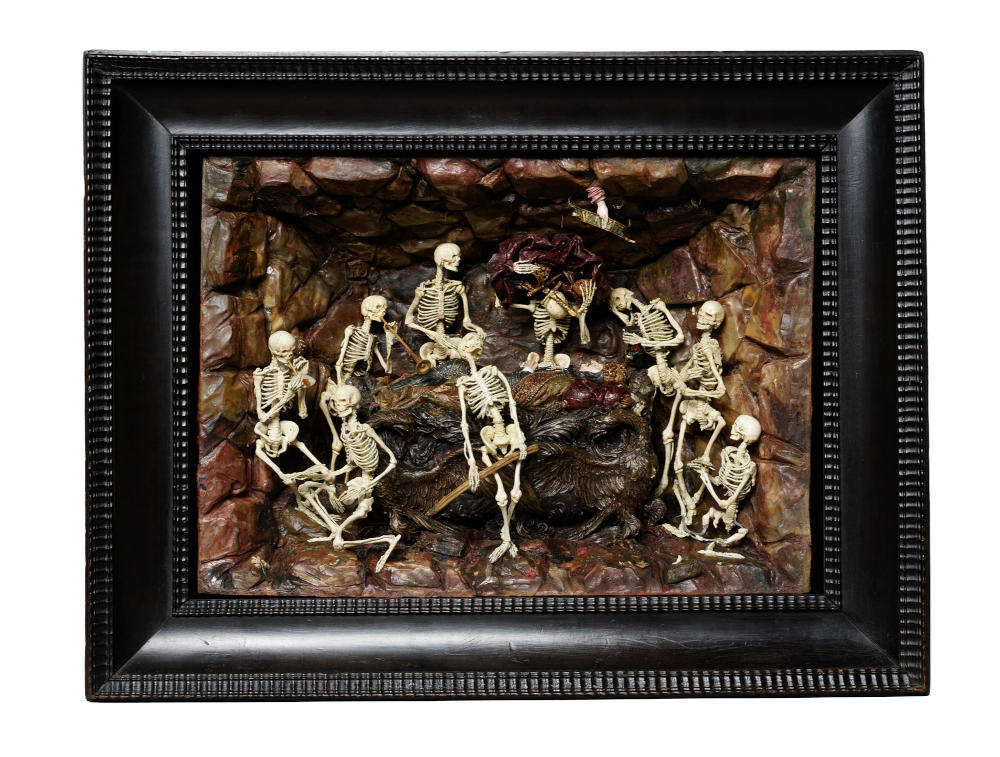
Daniel Neuberger (1621–1680), The Death of Emperor Ferdinand III as an Allegory of Transience. Vienna, c.1660. Wax, lead, wood, glass, shell, dried flowers, parchment. Vienna, Imperial Treasury © KHM-Museumsverband.
Precious Loans
The exhibition is supported by the Reiner Winkler Foundation and can be seen in the special exhibition rooms of the Kunstkammer. In addition to the unique works from Neuberger’s Viennese creative period from the collections of the Kunsthistorisches Museum, precious loans from the Kestner Museum Hanover, the Haus-, Hof- und Staatsarchiv, and the Technisches Museum Wien are also on display.
The exhibition has been curated by Johanna Diehl, Barbara Goldmann, Paulus Rainer, and Konrad Schlegel. Exhibition design: Itai Margula (Margula Architects). The exhibition will run until 9 June 2025.
Publication (in German)
The exhibition was accompanied by a publication: Wachs in seinen Händen. Daniel Neubergers Kunst der Täuschung. Johanna Diel, Barbara Goldmann, Paulus Rainer, and Konrad Schlegel. Deutscher Kunstverlag. 184 pages, 150 colour illustrations. Published in German. ISBN 978-3-422-80318-3. Price: 24,95 EUR.






